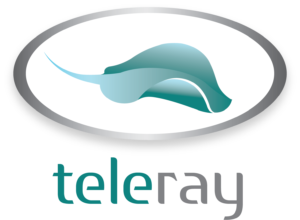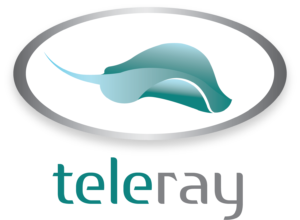Medical imaging is an essential aspect of healthcare — one increasingly part of a decentralized care-delivery model. But while systems are emerging to improve the transmissibility of critical patient data, the process of sharing medical images can be a complex one to navigate and a significant pain point for healthcare organizations.
From technological limitations to regulatory compliance, medical image sharing comes with a host of challenges possibly leading to delayed diagnosis and treatment, decreased patient satisfaction, and increased costs. Let’s explore 10 of the top barriers (and solutions to address them).
The age of information mobility
Medical data is mobile, following patients from provider to provider across their healthcare journeys. As such, it must be easily transmissible. While this may sound simple, there are obstacles to sending, accessing, storing, and transferring medical data. Imaging data is especially difficult to mobilize.
Establishing mobile, transferable medical data protocols is crucial. The barriers to sending patient information affect a patient’s experience and their provider’s ability to deliver care. Issues like downtime, integrations, support, and training can make it difficult for providers to share patient information between practices. Just because you can send it doesn’t necessarily mean it’s safe, secure, or usable in another facility.

Identifying pain points
Making medical images uniformly accessible when and where they’re most needed starts by understanding the obstacles preventing this mobility. Here are 10 of the top pain points in medical image sharing today:
- Limited interoperability: Medical imaging must be available to providers regardless of the software they use in their practice. If systems can’t send, receive, decode, and present data uniformly, providers are less likely to rely on them.
- Lack of standardization: From file formatting to encryption standards and channels, providers must ensure they’re aligned with what constitutes best practices when sharing imaging data.
- Slow and inefficient transfer speeds: When it takes minutes or even hours to transfer data, you’re at a higher risk level than instant transfers. Uploads and downloads can time out, wasting your precious time.
- Cybersecurity risks: HIPPA and other data privacy laws require strict cybersecurity protocols. Many medical image-transfer services are unequipped to defend against attacks, putting patients and providers at risk of bad actors.
- EHR integration barriers: When an electronic health record (EHR) is incompatible with your practice’s system, reviewing a patient’s records and treating them appropriately are more difficult.
- Lack of accessibility and availability: Some practices do not have digital medical image sharing, which presents another problem. Complex or confusing software makes it harder for providers to switch or use the system consistently.
- Expensive solutions: Unfortunately, some medical image-sharing software is expensive, making it cost-prohibitive for smaller providers. Tech debt is a prevalent concern as the healthcare ecosystem continues its march toward digitization.
- Limited patient control: Giving your patients control over their data and medical records can help, but not all medical image-sharing software allows the patient any modicum of control.
- Lack of collaboration among providers: Whether providers are in the same practice or not, collaboration is the key to ensuring your patients’ healthcare needs are addressed appropriately. When your software fails to allow for collaboration, miscommunications and misdiagnoses are more likely.
- Lack of support and training: New software requires support and training. If your medical image-sharing software doesn’t offer skills-based training and customer support, your patients may suffer as a result.

Many of the problems noted above are due to tech gaps and learning barriers. While this is understandable, it also places patients and providers at a significant disadvantage. Hospitals and other medical practices must adopt new technology, understand it, and create new processes around it.
Step into the future with TeleRay
The technologies enabling medical image sharing are still evolving, and so are providers’ responses to adopting and using these systems. To keep pace with the speed of innovation and ensure it translates to speed and satisfaction of care, providers must focus on the pain points hampering medical image sharing. Laying the groundwork for better transmissibility will lead to a superior standard of patient care in the years to come — no matter how the tech continues to evolve.
Learn more about how TeleRay improves medical image transmissibility at teleray.com.



